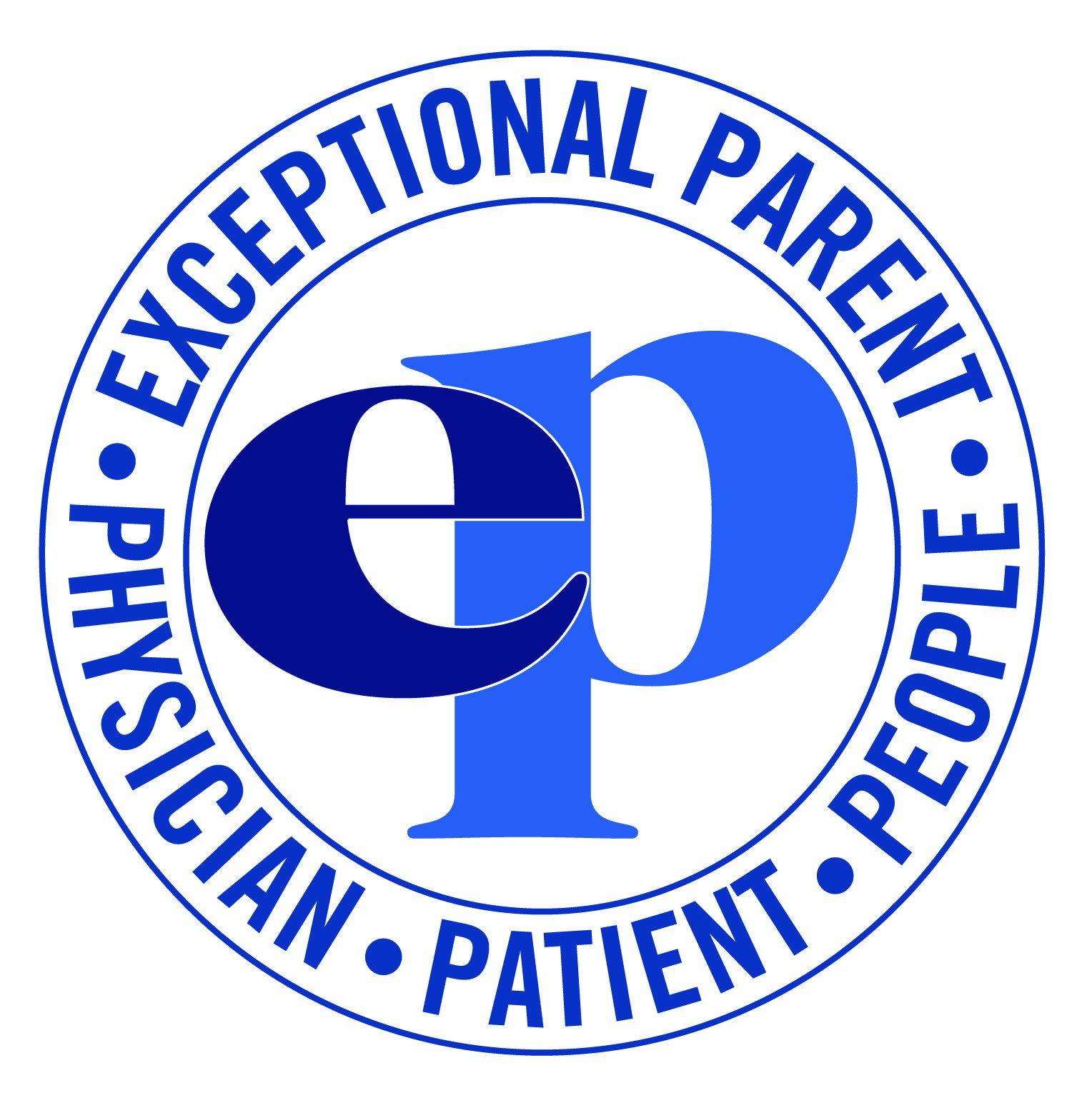The Kansas State University (KSU) Engineering team recently announced their new research-based project utilizing the latest technology to design a round-the-clock sensor to help track the wellness of children with special needs. The goal of their study is to measure the quality of sleep and daytime well-being, at a low cost by developing a signal processing algorithm, that is noninvasive, Prof. Bala Natarajan, from KSU the electrical and engineering, said.
The projects, which received a three-year grant amounting to $400,000 from the National Science Foundation (NSF), aims to accomplish the following objectives. 1) Creating a bed sensor to record respiratory and heart rates. 2) Uniquely design wearable sensors to monitor the children’s behavior. 3) Design for the paraeducator to improve their quality of life.
Likewise, the grant purposes to better establish a possible link between night-time wellness and daytime learning and behavior, the report said.
The Kansas Engineers stated that their research hopes to uncover the relationship between sleep quality versus daytime performance, among children with special needs. These two variables – sleep and daytime performance- have long been studied in children who are not on the autism spectrum, but not with severely challenged children or those with autism. They added that these children have multiple co-existing morbidities, and they are unable to articulate what they feel.
According to Steve Warren, the project leader, these kids needs operable nighttime tools that can be hidden in the child’s bed to collect the sensitive data. He said that the use of the traditional Polysomnographs with these kids, which involve multiple electrodes and wires, are not friendly to them.
Further, the team has also collaborated to the Heartspring Inc. – a day school program based in Wichita, Kansas, which utilizes evidence-based practice to students with developmental disabilities.
With their NSF funding, and the data they acquire from the Heartspring Inc, day school, the team plans to come up with a night-time and daytime monitoring tool, which allows them to establish a link between night-time wellbeing and daytime learning behavior.
With the new instrument, portability, availability, and deployment would not be an issue. The team hoped that with their new technology, it could reach many homes and institutions helping children with disabilities, Natarajan concluded.
Author: Amabelle Equio, Ph.D candidate in Nursing at Silliman University, Health, Fitness, Medical Writer, Photography Enthusiast.

